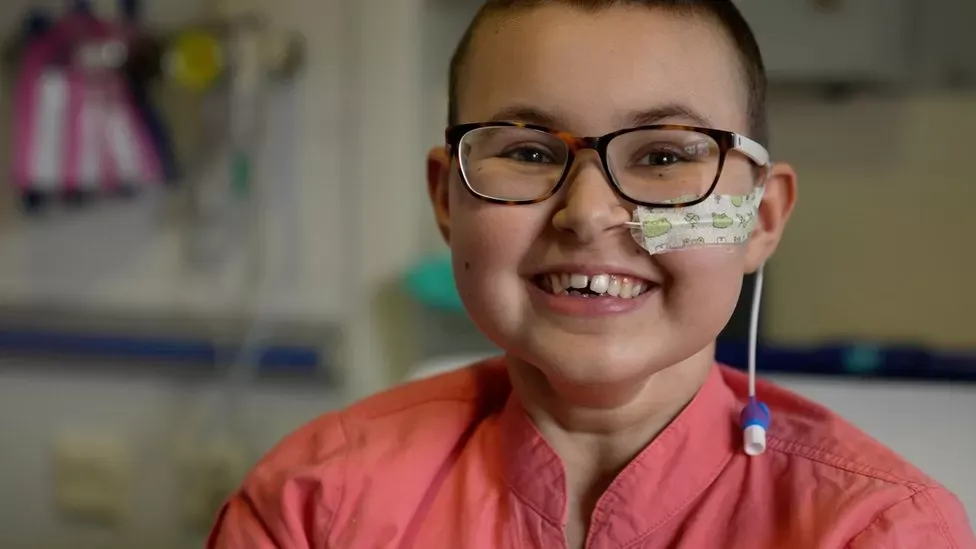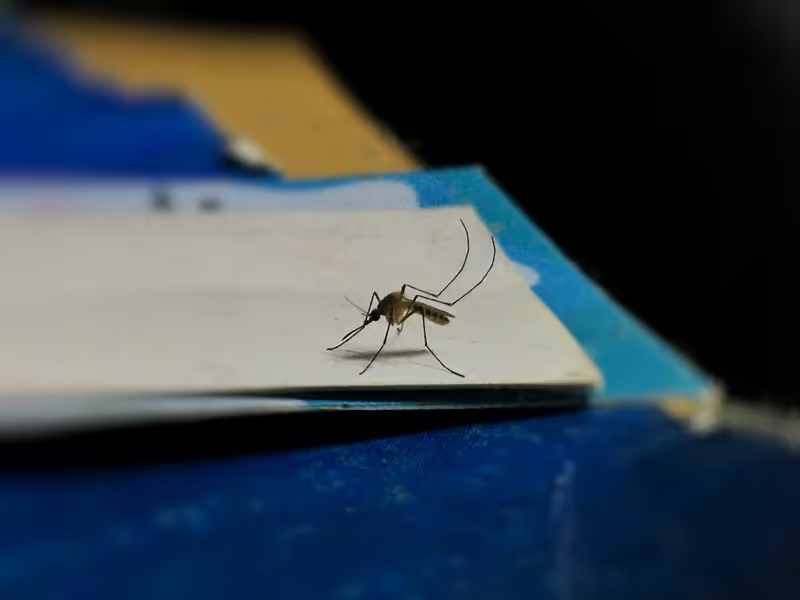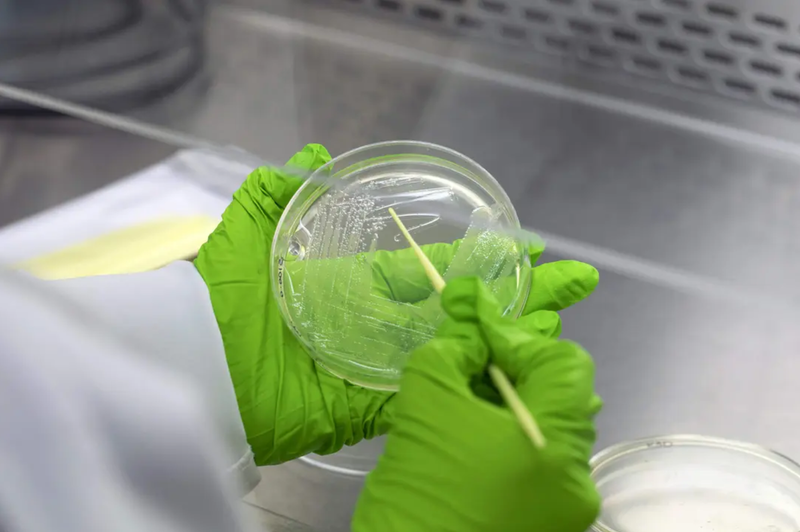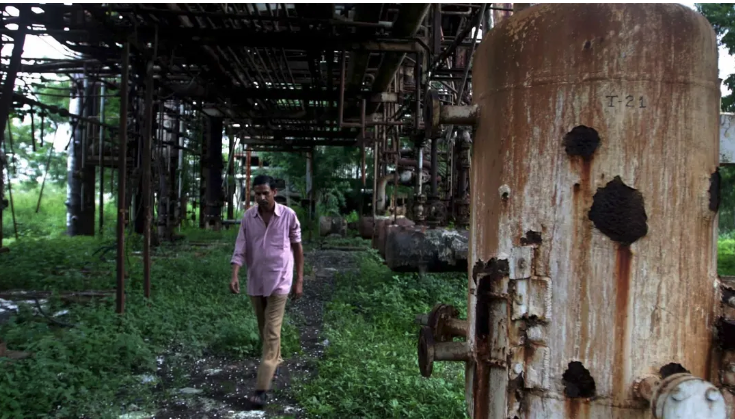Base Editing: Revolutionary Therapy Clears Girl's Incurable Cancer
Alyssa, a 13-year-old girl from Leicester, England, who was diagnosed with T-cell acute lymphoblastic leukaemia last year, has been cleared of her incurable cancer after undergoing a base editing cell therapy at London's Great Ormond Street Hospital for Children.

Facts
- Alyssa, a 13-year-old girl from Leicester, England, who was diagnosed with T-cell acute lymphoblastic leukaemia last year, has been cleared of her incurable cancer after undergoing a base editing cell therapy at London's Great Ormond Street Hospital for Children.
- According to her doctors, the teenager had an aggressive form of cancer where her T-cells — which are supposed to protect a person by seeking out and destroying defective cells — had become dangerous to the healthy parts of her body.
- After extensive chemotherapy and a bone-marrow transplant (BMT) failed to rid the cancerous cells from her body, Alyssa entered a clinical trial and became the first patient to receive an experimental treatment involving base editing.
- As part of the breakthrough trial, Alyssa received a healthy donor's edited T-cells (a type of white blood cell), which located and destroyed Alyssa's cancerous T-cells without attacking each other.
- Twenty-eight days later, Alyssa was in remission. Afterwards, doctors gave her a second bone marrow transplant to restore her immune system. Six months post-BMT, her cancer is reportedly untraceable — though Alyssa is still being monitored in case it comes back.
- Robert Chiesa, one of the doctors treating Alyssa, said that by altering the fundamental building blocks of the genetic coding of immune cells, base editing: "paves the way for other new treatments and ultimately better futures for sick children."
Sources: BBC News, Daily Mail, STV News, New Scientist, and Telegraph.
Narratives
- Narrative A, as provided by The New York Times. The outcome of this revolutionary treatment is remarkable and makes base editing a strong contender in the development of innovative cell and gene therapies. Doctors can now successfully rewrite a person's DNA and cure terminal illnesses, and there are already trials of base editing underway in single-cell diseases. The next step is for the biomedical community to develop a versatile, cost-effective program to make base editing cures a reality for millions of patients worldwide.
- Narrative B, as provided by WHO. Though base editing might have saved Alyssa's life, it's too early to guess her prognosis. These are early steps — patients as young as 13 are being treated with a technology just six years after it was invented and, given its such a new and potentially revolutionary treatment, there's a lot of potential for misuse of the development. Considering that the treatment can permanently change a patient's genetic code, every effort must be made to identify and address ethical issues that may arise with its use, such as the privacy and confidentiality of genomic data.






